Property Geek
We provide the actual and accurate information with unbiased user driven reviews to our viewers, to help them see the best and find the best!
View posts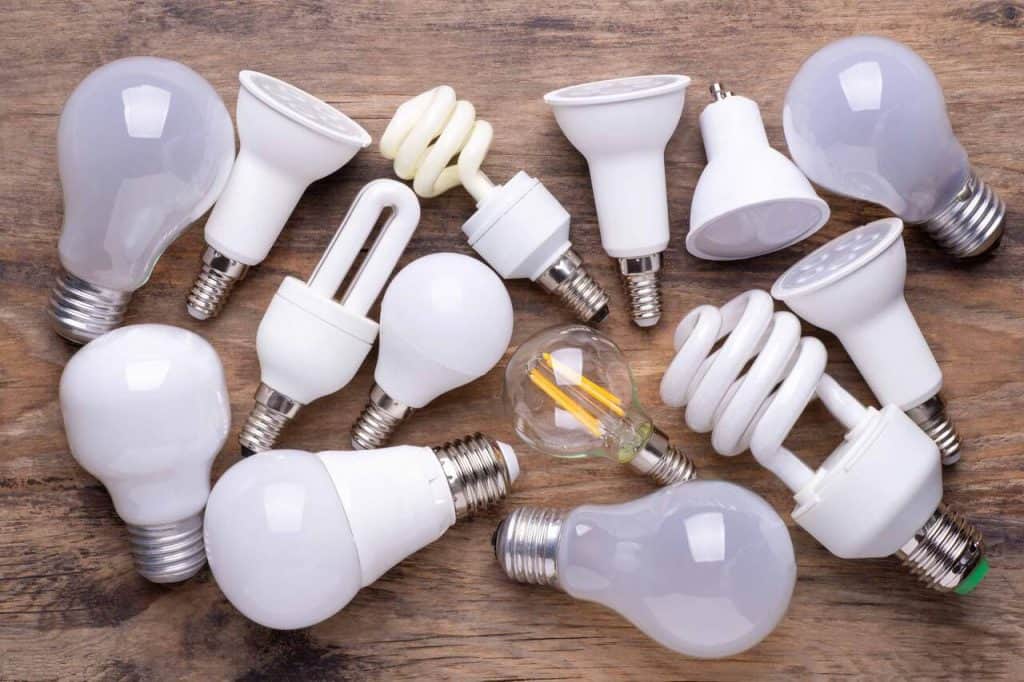
Lamps are essential for creating ambiance, enhancing decor, and providing functional lighting in any space. From traditional designs to modern innovations, lamps come in a variety of styles and purposes to suit diverse needs and aesthetics.
Choosing the right type of lamp can transform your living or working environment, offering the perfect balance of illumination and design. In this article, we’ll explore the different types of lamps, their features, and where they work best, helping you select the ideal lighting solution for your home or office.
Let’s get to the first criteria, i.e., lamps that are classified depending on where they are placed.
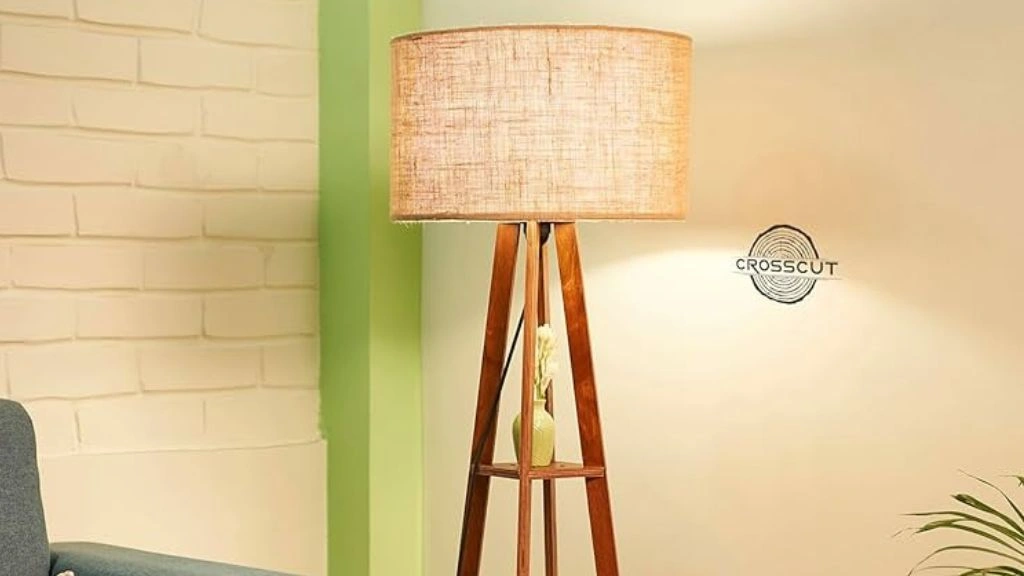
As obvious by the name, floor lamps are designed to stand on the floor. Modern designs utilize a single narrow column supporting the light source covered by a shade. There could be more elaborate designs like the column could be a sculpture or a tripod. Its versatility requires no elevated facet to stand on. Now, the shade plays an important role in the distribution of light. How? By illuminating the light upwards, downwards, or in both directions depending on its position and structure.
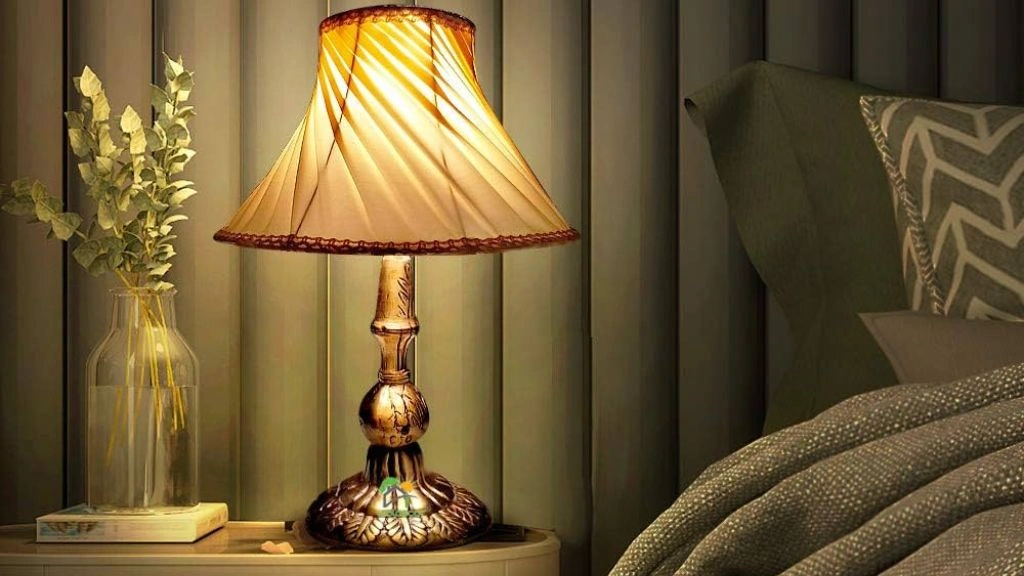
End tables, bedside tables, or dining room tables are the places where table lamps are usually placed. These have smaller columns than floor lamps. It is basically used to light a small area of space. Table lamps could be very decorative and come in a variety of designs. Stained glass lamps are one such decorous design known for their multicolored glass shades. Modest and elegant designs like a cube-shaped shade can be sleek. Buffet lamps are another type of table lamp that’s yet another modish option.
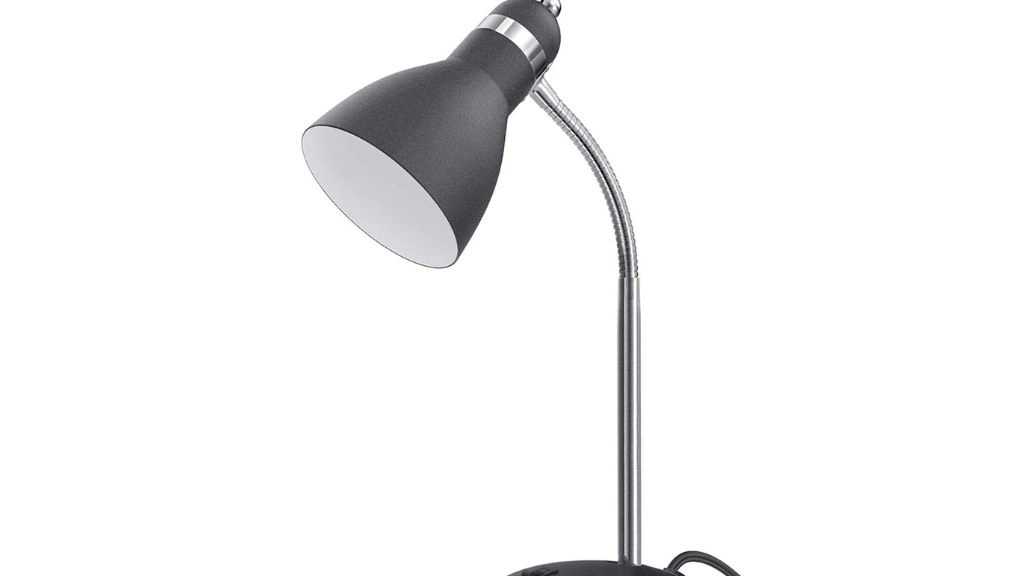
Desk lamps are usually even smaller than table lamps and are used to light up a particular working space like the keyboard of your computer, the book you are working on on your desk, among others. Certain desk lamps can be attached to the edge of the desks. They also have characteristic adjustable arms to tune the light’s direction and intensity as required.
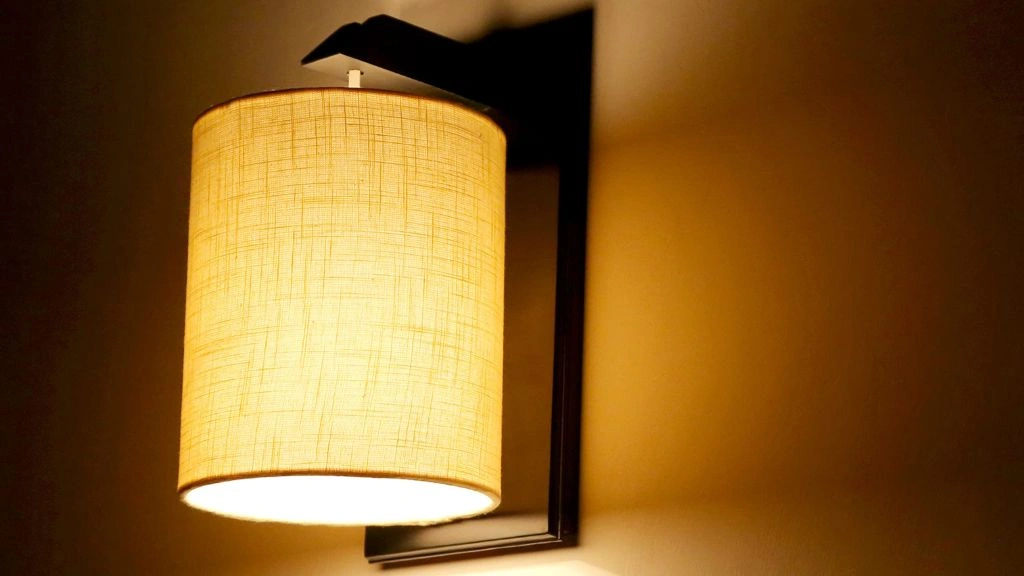
Wall lamps are fixtures mounted on walls, serving indoor and outdoor purposes. Outdoors, they often illuminate building entrances. Indoors, they function as bathroom sconces and highlight decorative elements like paintings or framed pictures. Their strategic placement enhances the aesthetics of a space and draws attention to specific features.
Wall lamps are versatile in interior design, transforming room ambiance. They create focal points by spotlighting artwork, adding depth and character to lighting, and making spaces more inviting. These fixtures serve not only as lighting sources but also as tools to shape a room’s atmosphere, elevating architectural elements, providing gentle bathroom illumination, and enhancing cherished artworks.
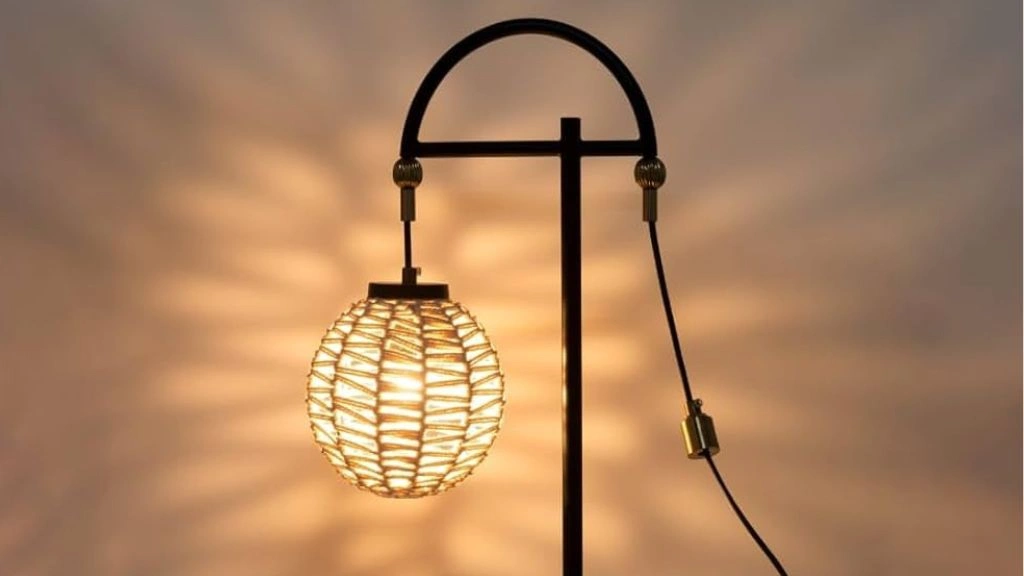
Lamps mounted on the ceilings are called overhead lamps. Its writing is done into the construction of the room. Certain overhead lamps fix directly onto the ceiling, illuminating a wide area, while others hang down at a specific height which can often be adjusted. The most commonly seen overhead lamp cum decor is a chandelier. This beautiful piece of ornament will have multiple bulbs that illuminate a wide area of the room.
Now comes the second criteria, lamps classified depending on their light sources. There are 7 types of light sources in lamps as mentioned below.
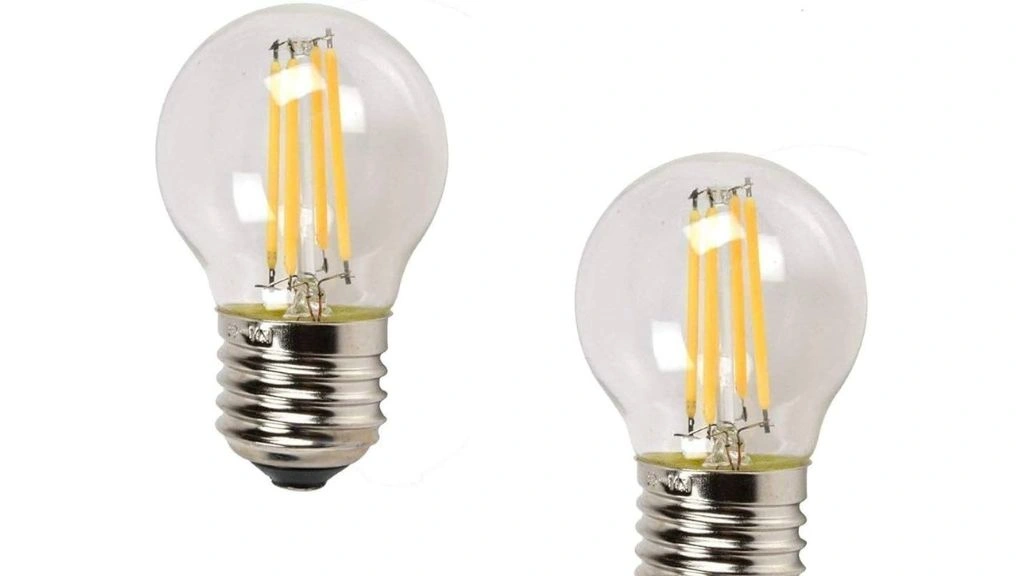
Incandescent lamps have bulbs containing a tungsten filament. This filament will glow in a warm orangish yellow-colored light as electric current passes through it. The electrons in the currents that flow in the tungsten filament give off energy in the form of light and heat. There’s a glass enclosure in which the tungsten filament is kept. It is to maintain the vacuum so that the filament can emit light without burning up. The enclosure will be too hot to touch thus making the incandescent bulbs practically inefficient. Also, a high amount of electricity is consumed by incandescent bulbs.
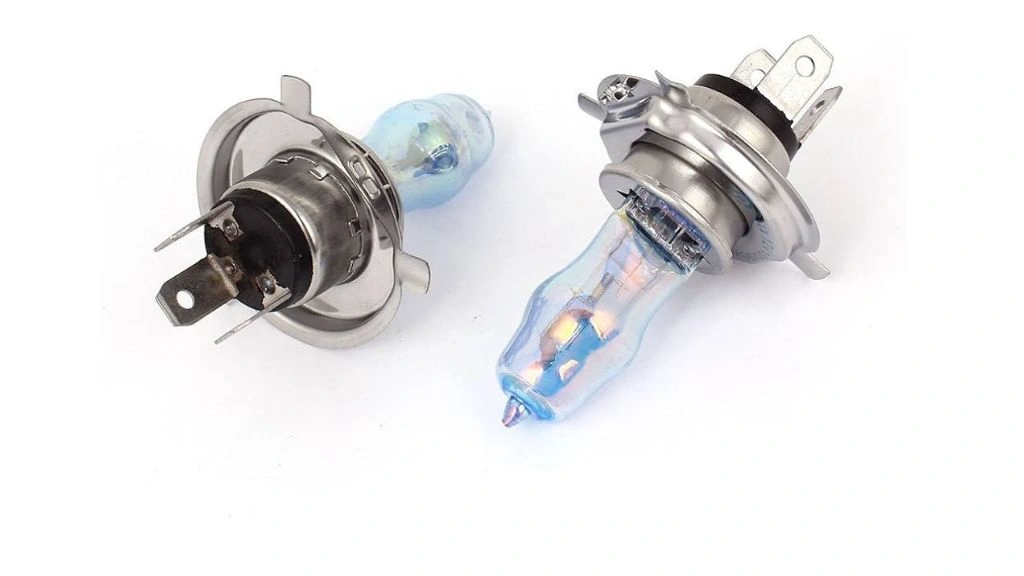
Halogen lamps, from an interior design perspective, excel in enhancing aesthetics. Their exceptional color rendering accurately displays hues, a critical factor in interior design. Their focused and intense light can spotlight artwork or architectural details, adding depth and drama.
These lamps come in various shapes and sizes, offering design versatility, from sleek to ornate fixtures. They are dimmable, allowing designers to create different moods within a space.
However, they emit heat, impacting room comfort. Designers must consider ventilation or cooling solutions when using halogen lighting in their designs. Overall, halogen lamps are a valuable tool for designers, offering precise illumination and color accuracy to elevate interior aesthetics.
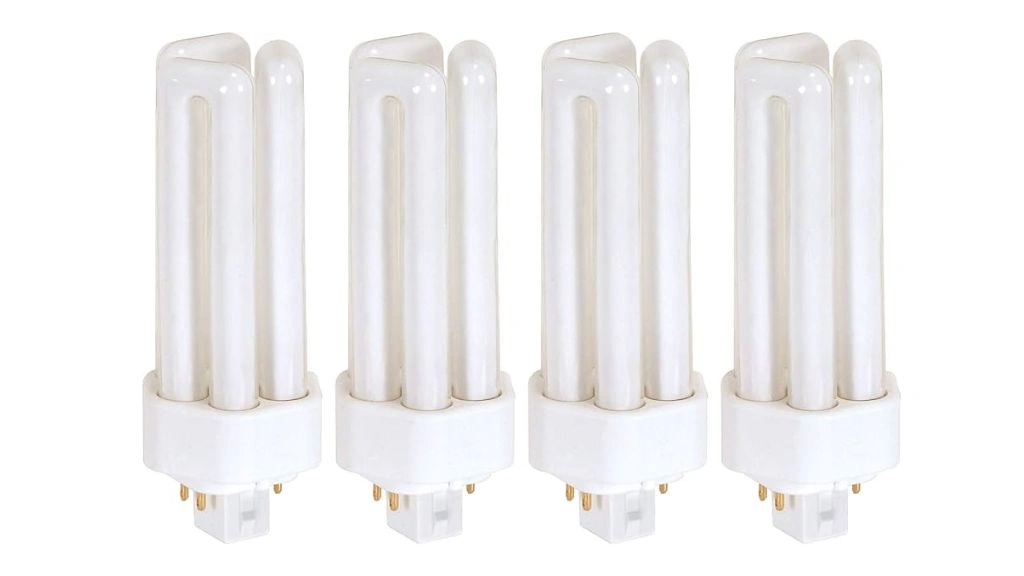
Fluorescent bulbs are discharging lamps. Here, the electric current is passed through a mixture of inert gasses like metal vapor and argon. The interior of the lamps is coated with phosphor. When the inert gas particles hit the interior of the lamp, they emit light. The fluorescent lamp is one of the different types of lamps that are installed for commercial purposes. Their long and tubular shape with cooler color temperature makes them more efficient. Thus, these are used more than incandescent lamps. One health hazard is, however, the presence of mercury in the lamps.
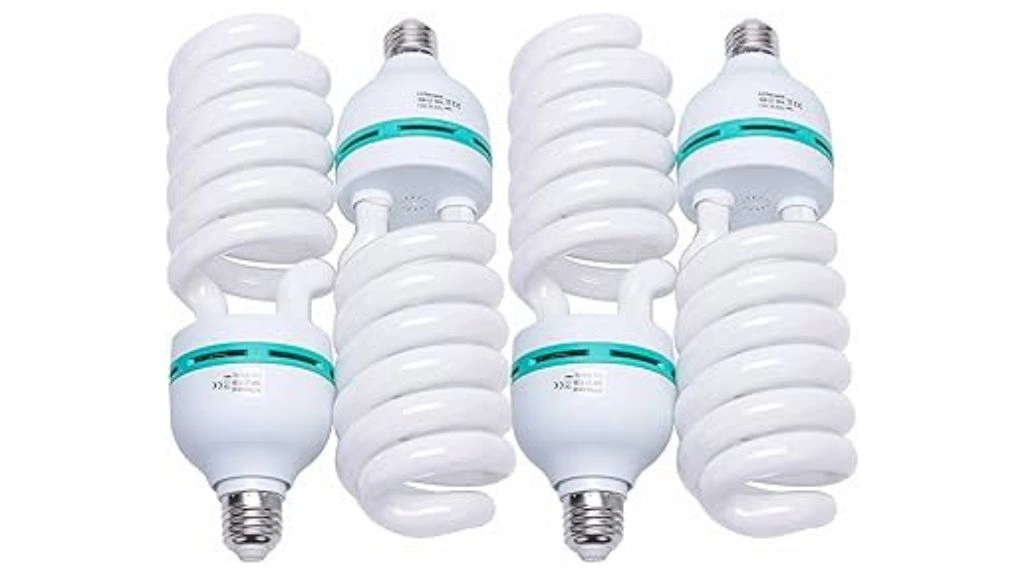
Compact fluorescent lamp abbreviated to CFL is similar to fluorescent lamps. They are smaller and commonly come in handy in domestic settings. CFLs work under the same principle as fluorescent lamps but are comparatively more efficient. Newer technology has however overshadowed CFLs and they are quickly being obsolete.
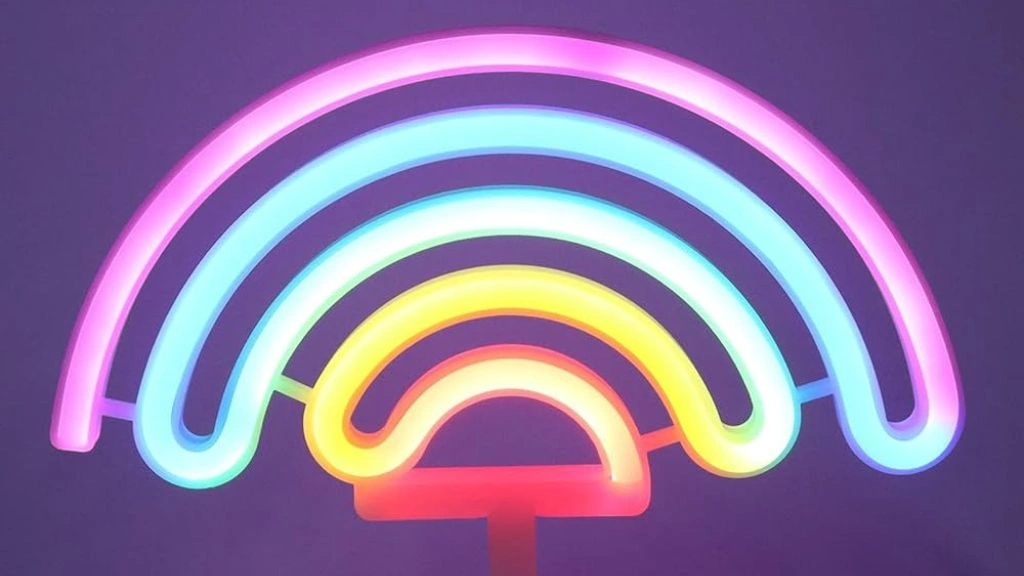
Neon lamps contain neon gas to produce light. Other elemental gasses also produce light in a neon lamp. The gas mixture determines the type of color of the lamp. It can be crafted in all kinds of shapes. Creative shoes make it available for outdoor signage and illuminated writing.
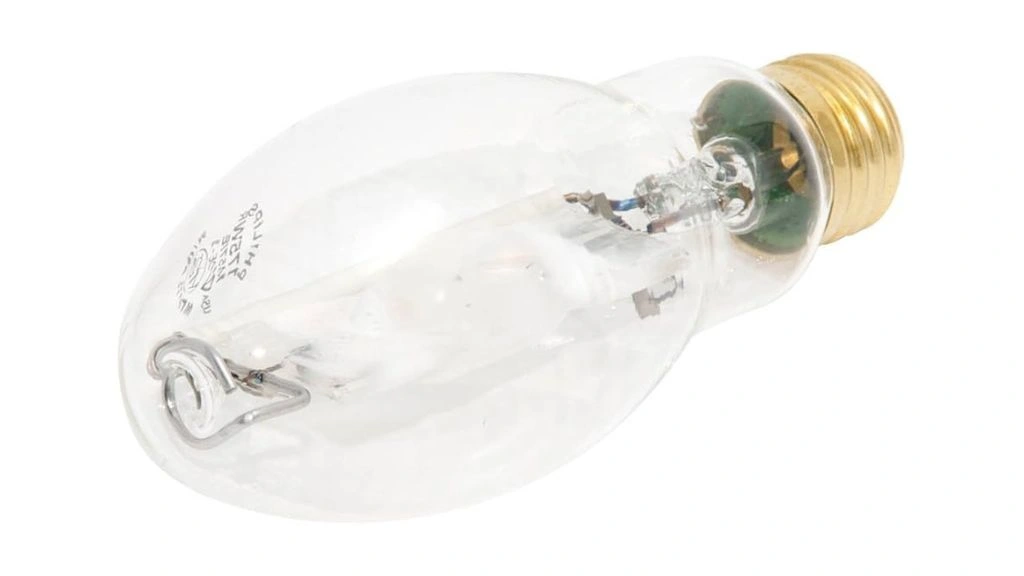
High-density discharge bulbs contain metallic mixture and gas. They burn brighter but consume more energy. These find their applications in infrastructure or in the industry. Their powerful light burns a distinct orange color. Street lights, arc lamps, mercury halide lamps are a few examples of high-density discharge lamps that are seen commonly.
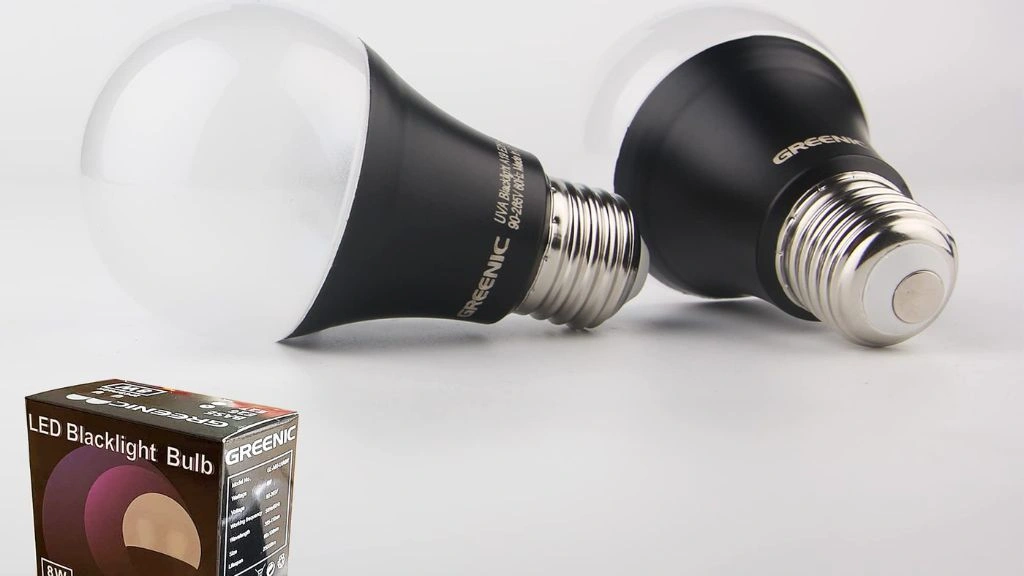
LED stands for light-emitting diode. These are becoming quickly popular these days. LED lamps use electric diodes instead of metal or gas vapor or filament to produce light. When current passes through these electric diodes, illumination is achieved. The color of the glow depends on the different materials that are used. LED lamps are one such lamp amongst different types of lamps that are lightweight and extremely efficient. It makes their lifetime cost low.
Finally, the lamps under the third criteria, an aesthetically attractive criterion that depends on the structure of the lamps. There are 9 types in this category. Let’s take a closer look at them.
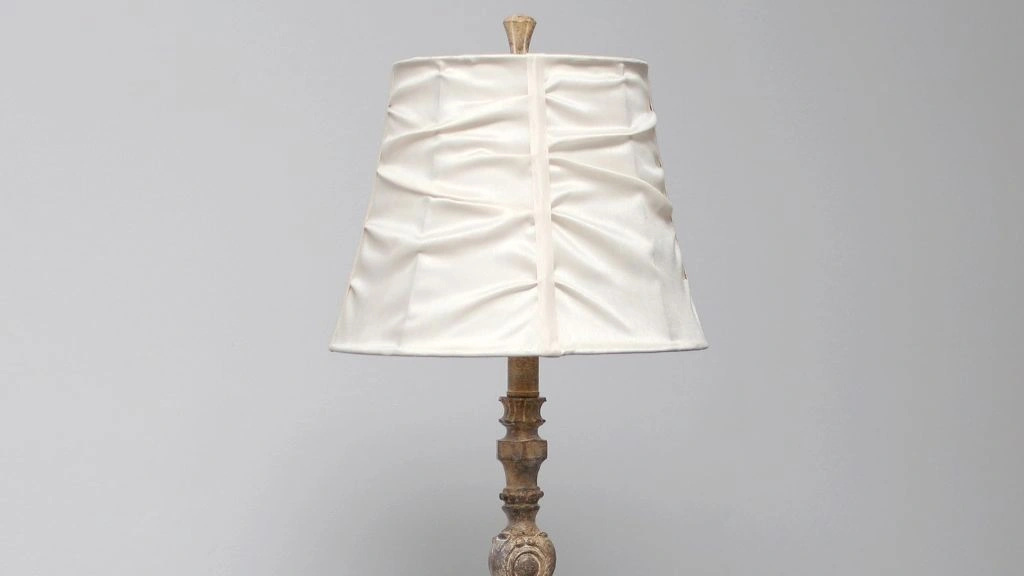
Buffet lamps are usually slender and tall, typically at 32 inches, and basically are taller versions of table lamps. They are sophisticated enough to be on buffet tables to light up the food. Even then they are perfect to light up your house. Its slender shape takes up very little space and its height will ensure that you don’t hit it. The one disadvantage is that its area of illumination is a small spot.
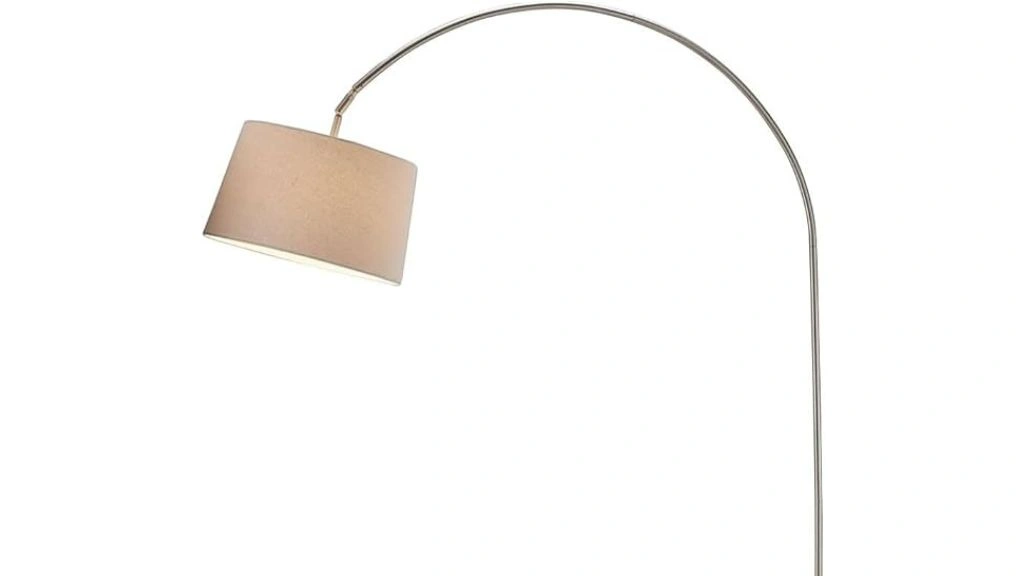
Arc lamp gets its name from its arc-shaped shade. It’s slender and long-armed that extends outside its body. These lamps are mostly useful at the room corners to bend over or arch over a sofa or a table. Again, like buffet lamps, its slender arm will take up very little space. Arc lamps are available in both contemporary and traditional designs. One disadvantage of arc lamps is that they can be easily knocked over due to their bending arm which is why it is best commended to be placed at a corner where it is less likely to be disturbed.
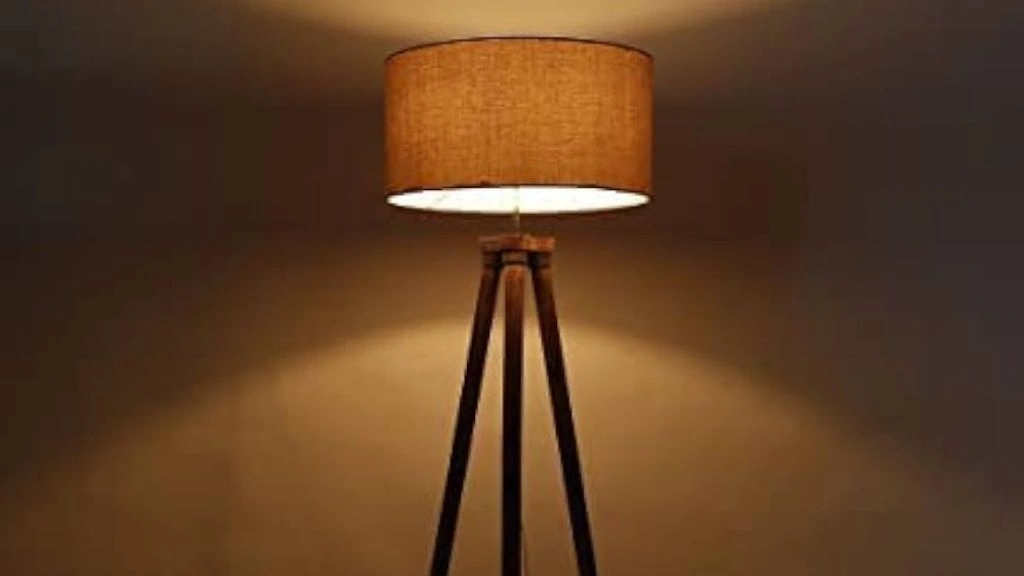
The name comes from its tripod structure of three-legged bases. These lamps are stylish and unique adding an architectural aesthetic to the room. An adequate amount of light is also obtained whether it be a bedroom or a living room. Its three-legged base gives it a stable and sturdy illumination. These lamps are designed to illuminate a wider area. A drawback of tripod lamps is that it needs more area at the base and it’s risky unless the room is uncluttered.
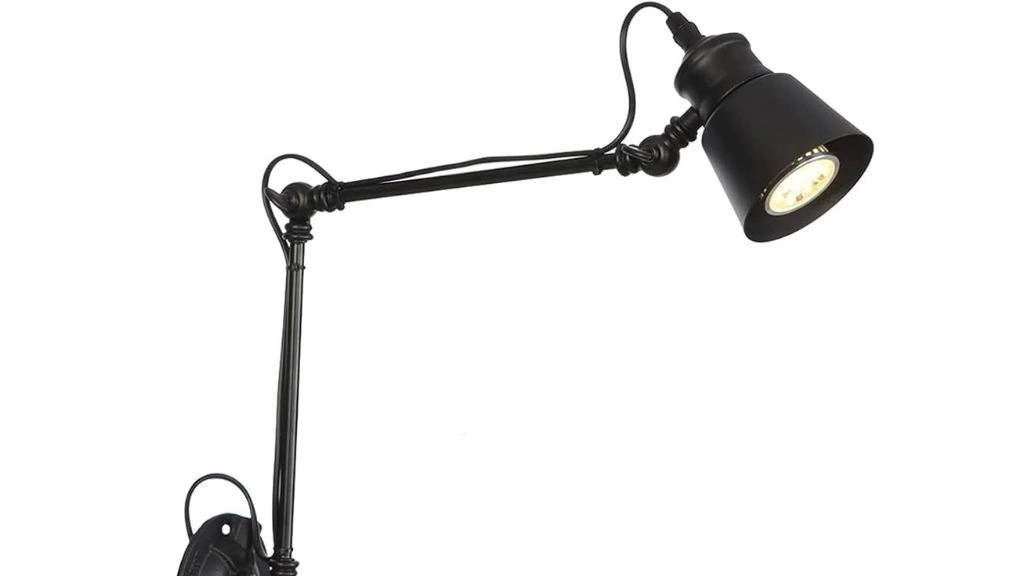
Swing lamps can be found on desks or tables or floors. Swing, as the name suggests is the arm of the lamp that is adjustable to accommodate the required needs. Its styles are versatile and come in handy when you target a particular area to focus on unlike other types of lamps.
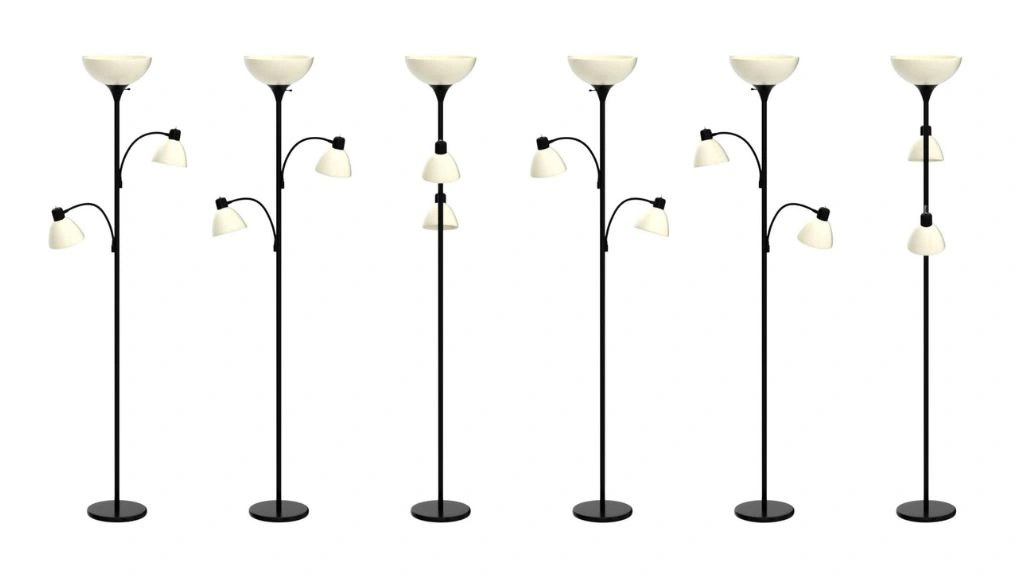
Torchieres are one of the types of lamps that has a tall body with an upward-facing shade. This provides accent illumination or ambient illumination to the room. It’s one of the classics and much in demand in today’s households. The Tiffany-style Torchiere is the most popular and elegant Torchiere in the market. The frosted glass style is yet another modern type of decor.
Torchiere lamps provide more lighting as the shade is turned upwards. The light thus bounces off the ceilings and walls. It can also be used as the sole lighting in the room as reflected light will illuminate a wider area. Dimmers can be added to make it more versatile. One disadvantage is that it can be knocked over easily which can be heartbreaking if you splurged on an expensive piece like a Tiffany Torchiere. Thus, it’s advisable to keep it away from the reach of children or pets.
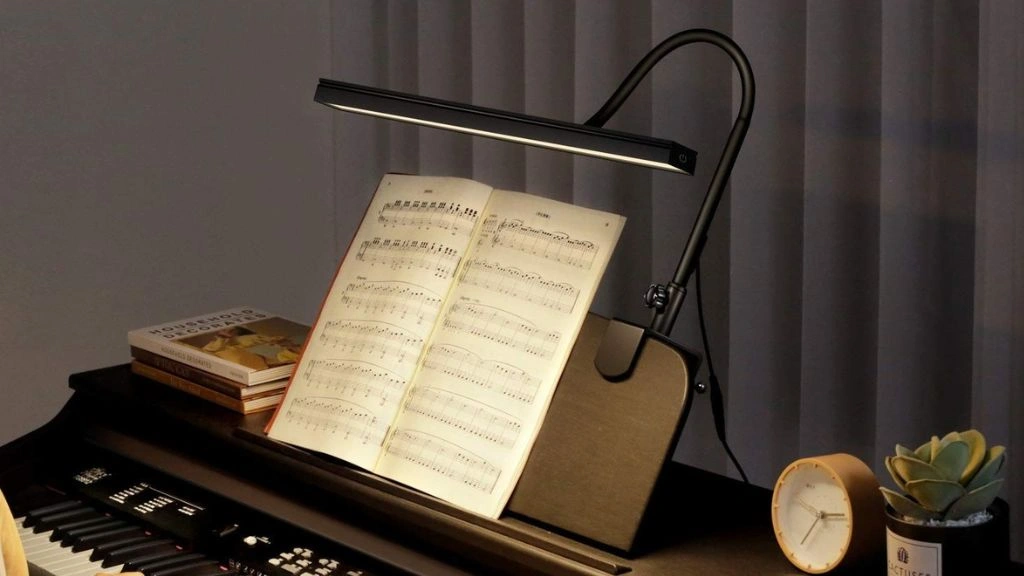
As the name suggests, piano lamps are used to light up the music sheet, the organ keys of a piano, or the keys of an electric keyboard. It has an anti-glare design so as to not blind the musician. Piano lamps are available in various shapes and sizes to fit the needs of the pianist. They have a slender build along with a horizontal bulb and a shade that points downwards. The minimalist design comes in handy when the pianist has to focus it on his keys. This is where the swing arm design comes in handy. Since the light of the piano lamp is focused on a spot it can be used as a desk lamp.
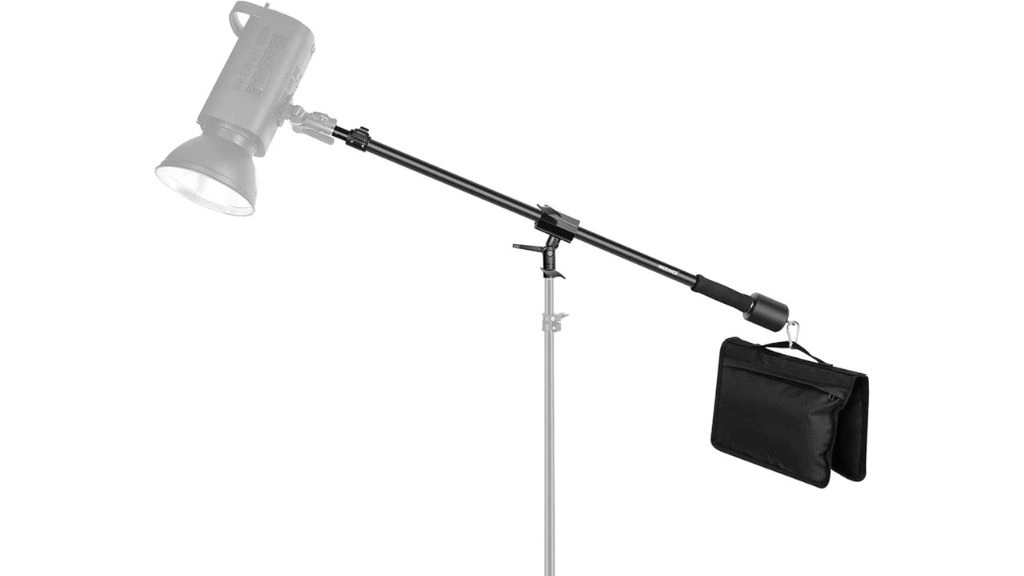
The boom arm lamp is a tall fixture with a swinging arm that can be adjusted. A dome-shaped head houses the bulb of the boom arm lamps. It puts forth a retro look to the room with sleek features. Its versatility stands out as the swinging arms can be adjusted to get the proper lighting both horizontally and vertically. A disadvantage that comes with boom arm lamps is that they are not sturdy and are a bit wobbly. Do find a model with a heavier base for more stability if you are out for this type of lamp.
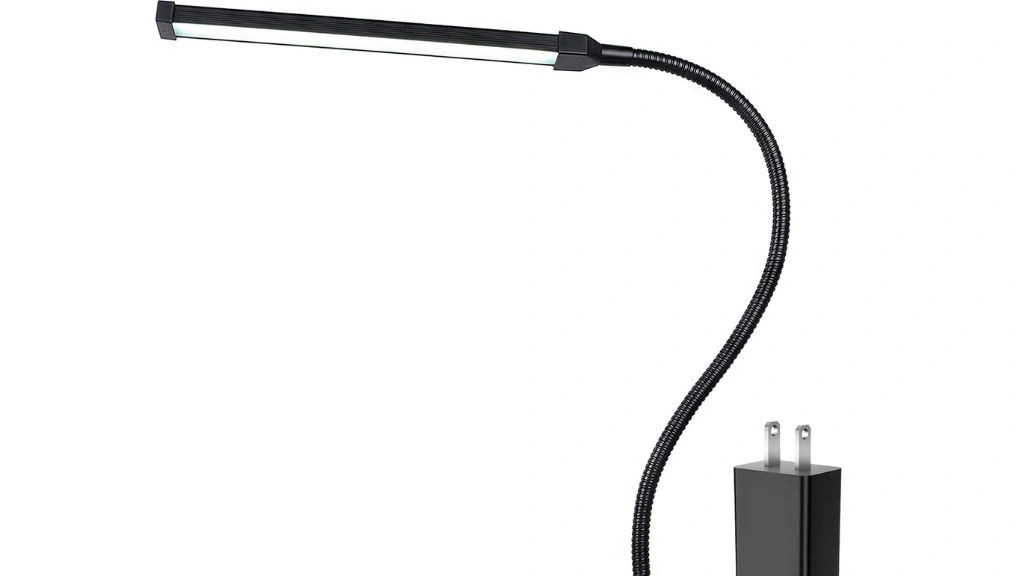
Gooseneck lamps are yet another type of lamp amongst the different types of lamps. It is available in two designs: a flexible neck and a fixed neck. The flexible neck can be maneuvered as per requirement while the fixed neck is available with a traditional curve. Both the table and floor lamps are available in gooseneck style. They are great as desk lamps or reading lamps as the illumination can be concentrated at one spot. However, this versatility is a disadvantage too as an area of illumination is decreased.
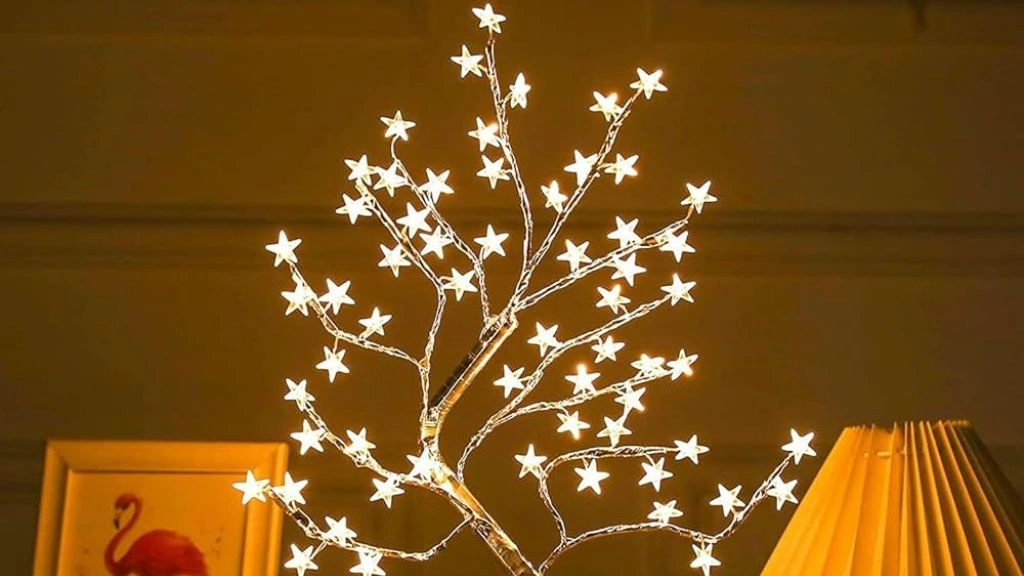
One of the most common types amongst the different types of lamps is the tree lamp. Similar to a tree, this lamp has a set of branches that can be adjusted in more than one direction. It typically comes with a central stand and an array of lights branching off the center stand in various directions making it a versatile choice for ambient lighting or directional lighting. Tree lamps can be thus used to illuminate a single spot as well as a large space. One slight disadvantage is that it may take up more space and they are not available in the size of table lamps.
An essential component of a home is its lighting. The correct illumination is not only a key to working tirelessly but also setting up the mood of the workspace or room itself. Lamps come in such a variety of options that I would say you’ll be spoilt for choice. From functional to decorative and everything else in between, different types of lamps are at your hands so choosing them with intention is most important. It should be such that it achieves your intention of the workspace or room and simultaneously saves energy.
For the kitchen, bright overhead lamps would do the work for an efficient cooking space. The bedroom or the living area would require a table and floor lamps to illuminate a larger workspace. To get an idea of what types of lamps would go into which type of room, consider the activities that would be done in that particular room. And once that’s figured out, you’d have a functional, decorated, and perfectly illuminated environment.